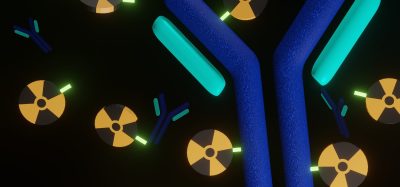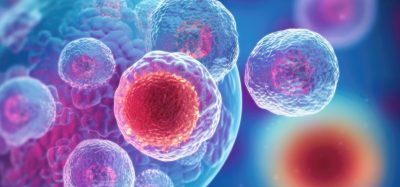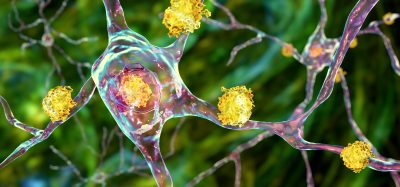Intersectin protein discovery may help treat cognitive disorders
Posted: 5 August 2025 | Drug Target Review | No comments yet
Researchers have discovered that the protein intersectin plays a crucial role in organising synaptic vesicles – enabling direct communication essential for learning and memory.


Researchers at Johns Hopkins Medicine have discovered a new role for a protein called intersectin in controlling how brain cells communicate. The discovery – made through experiments with genetically engineered mice – looks at the mechanisms behind learning and memory and could lead to treatments for cognitive disorders such as Down syndrome, Alzheimer’s disease and Huntington’s disease.
The study, partly funded by the National Institutes of Health, was published in Nature Neuroscience.
Intersectin acts as a gatekeeper in synapses
The team found that intersectin ensures message-carrying bubbles inside brain cells – called synaptic vesicles – stay in the right place until they are ready to send signals to nearby brain cells. This is accomplished by the protein creating a boundary between these vesicles.
Message transfer between brain cells is key to information processing, learning and forming memories.
Message transfer between brain cells is key to information processing, learning and forming memories. In mammalian brains, around 300 synaptic vesicles cluster at synapses – but only a select few are used to pass messages. Scientists have long wanted to understand how synapses choose which vesicles to release.
“We found that these tiny bubbles have a distinct domain where they want to be,” says Dr Shigeki Watanabe, associate professor of cell biology at Johns Hopkins Medicine and leader of the research. “Keeping them at particular locations within a synapse enables the brain to decide how and when to use them while thinking and processing information.”
Findings in genetically engineered mice
Initially, the research focused on endocytosis – a process by which brain cells recycle synaptic vesicles after use. Intersectin was already known to play a general role in this process. To look further, the scientists then engineered mice lacking the gene for intersectin. Surprisingly, endocytosis in these brain cells was unaffected.
This unexpected result prompted the team to take a closer look at the vesicles themselves.
Using high-resolution fluorescence microscopy, they discovered intersectin positioned between vesicles that are actively used in brain cell communication and those that are not – as though it physically separated the two.
Electron microscopy reveals a critical role
Electron microscope images offered more information. In the nerve cells of mice lacking intersectin, synaptic vesicles near the cell membrane were missing from the site where the bubbles discharge their contents to nearby neurons.
“This suggested that intersectin regulates release, rather than recycling, of these vesicles at this location of the synapse,” says Watanabe.
Zap and freeze experiments capture vesicle movement
To capture vesicle behaviour in action, the researchers used a technique known as zap and freeze microscopy. This allowed them to observe synaptic vesicle movement on a millisecond timescale and at nanometer resolution.
In normal mice, vesicles fused with the brain cell membrane within one millisecond of stimulation.
In normal mice, vesicles fused with the brain cell membrane within one millisecond of stimulation. New vesicles quickly filled the vacated release sites within 15 milliseconds. However, in mice lacking intersectin or a similar protein called endophilin – new vesicles failed to replenish the release sites effectively.
“When information is processed in the brain, this replenishment process needs to happen in just a few milliseconds,” Watanabe explains. “When you don’t have vesicles staged and ready to go at the release sites or the active zones, then neurotransmission cannot continue.”
Future research
The findings highlight intersectin as a crucial regulator of neurotransmission – which develops our understanding for potentially treating cognitive disorders. Moving forward, the Johns Hopkins team plan to investigate how intersectin shuttles new synaptic vesicles to release sites.
Related topics
Animal Models, Central Nervous System (CNS), Disease Research, Microscopy, Molecular Biology, Neurosciences, Targets, Translational Science
Related conditions
Alzheimer's, Down syndrome, Huntington's disease
Related organisations
John Hopkins Medicine, National Institute of Health (NIH)








